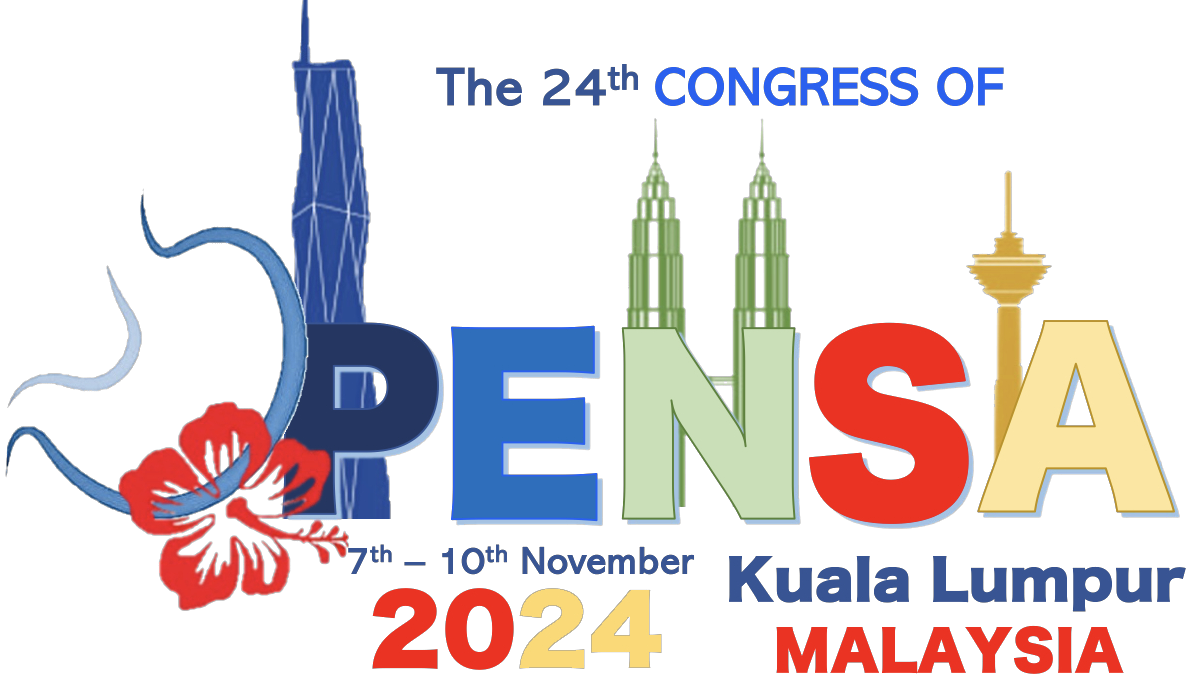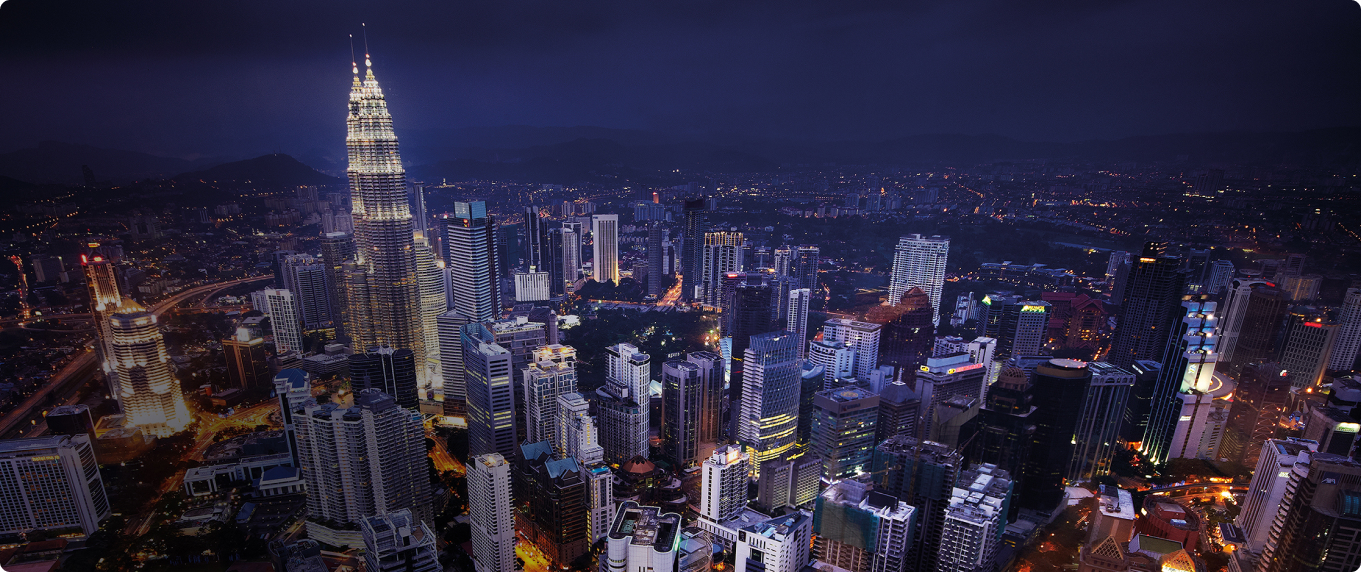Entering Malaysia
By air
The main gateway to Malaysia is the Kuala Lumpur International Airport (KLIA) and Kuala Lumpur International Airport 2 (klia2), located in Sepang, Selangor. Both airports are merely two kilometres apart and are approximately 50 kilometres from Malaysia’s capital city, Kuala Lumpur.
Opened in 1998, the modern and state-of-the-art KLIA is a major aviation hub in the region, catering to more than 60 airlines and serving over 120 direct destinations and more than 1,000 destinations indirectly.
Ranked as one of the top 10 airports in the world in the latest global airport survey, Airport Service Quality (ASQ), KLIA is also winner of numerous major international airport awards. KLIA boasts world-class facilities and is able to accommodate the world’s largest passenger aircraft – the Airbus A380. It also houses a huge variety of international and local retail brands and duty-free outlets, cafés and restaurants, and other facilities such as premium passenger lounges.
klia2 is the world’s largest low-cost carrier terminal. Opened in May 2014, it is designed to cater to the exponential growth of low-cost travel in the region. It was also built to replace the Low Cost Carrier Terminal (LCCT).
For detailed guides on the airports, please refer to KLIA Airport Guide and klia2 Airport Guide from Malaysia Airports Holdings Berhad (MAHB).
Besides KLIA and klia2, there are four other international airports in the country – Kota Kinabalu, Kuching, Langkawi and Penang, as well as 16 domestic airports – Melaka, Sultan Abdul Aziz Shah (Subang), Sultan Abdul Halim Airport (Alor Setar), Sultan Ahmad Shah Airport (Kuantan), Sultan Azlan Shah Airport (Ipoh), Sultan Ismail Petra Airport (Kota Bharu), Sultan Mahmud Airport (Kuala Terengganu), Bintulu Airport, Limbang Airport, Miri Airport, Mulu Airport, Sibu Airport, Labuan Airport, Lahad Datu Airport, Sandakan Airport and Tawau Airport.
By sea
Peninsular Malaysia and East Malaysia are easily accessible by seaports. The country’s largest modern seaport is Port Klang, a major shipping and cargo terminal, located on the west coast of Peninsular Malaysia. Other major seaports in the country include Penang Port, Port of Tanjung Pelepas, Kuantan Port, Bintulu Port and Kota Kinabalu.
By road and rail
The main entry point for visitors coming to Malaysia from Thailand is Bukit Kayu Hitam, which is located 48 kilometres north of Alor Setar, Kedah. There’s a duty-free shopping complex here called The ZON. From Bukit Kayu Hitam, visitors can reach Kuala Lumpur, which is 490 kilometres away, via the North-South Expressway.
Another entry point to the country is Padang Besar, situated in Perlis, Malaysia’s northernmost state. This border town is situated on the border with Songkhla province, Thailand. The ETS trains offer a fast and comfortable way to travel from Padang Besar to KL Sentral, which is Kuala Lumpur’s integrated rail transportation centre and also the country’s largest transit hub.
Johor Bahru is the main southern entry point for visitors entering Malaysia from Singapore. From Johor Bahru, visitors can go to Kuala Lumpur via the North-South Expressway. A rail and road causeway connects Johor Bahru to Singapore.
To find out more about travelling to Malaysia by train, visit Keretapi Tanah Melayu or Malayan Railways Limited website, which is the main rail operator in Peninsular Malaysia.
Getting Around Malaysia
Malaysia offers excellent transportation system that is both affordable and convenient. There are various modes of transportation to move around the country, particularly the capital city, Kuala Lumpur.
By air
Domestic air travel to major cities in Peninsular Malaysia and the states of Sabah and Sarawak is provided by the national carrier, Malaysia Airlines, and budget airlines, AirAsia and FireFly, as well as Malindo Air, Malaysian hybrid-full service carrier.
By sea
Ferry and boat services are popular modes of transportation in the country, particularly for visit to islands around the country, such as Redang, Tioman, Pangkor, Perhentian, Sibu, Sipadan, Mabul and Kapalai.
By road and rail
You can travel around Kuala Lumpur easily and comfortably by train. The Mass Rapid Transit (MRT), Light Rail Transit (LRT), Monorail, and KTM Komuter offer hassle-free accessibility to various parts of the city. In addition, other inter-city rail services offer connections to outlying districts and nearby towns.
Public buses and taxis are also the common choices to travel around the city. You can take the Go KL City Bus, which is a free bus service that serves the city centre of Kuala Lumpur.
Interstate buses and taxis also ply between most cities and towns in Malaysia at affordable fares. In addition, Malaysia also has a few ride-hailing options, with Grab being one of the most popular among locals.

